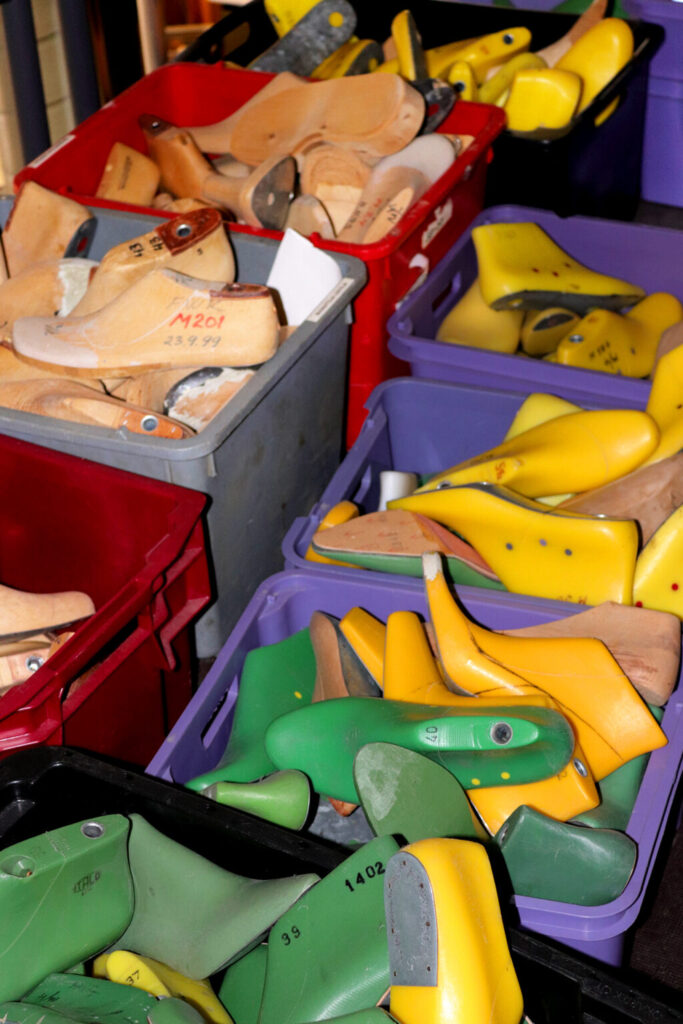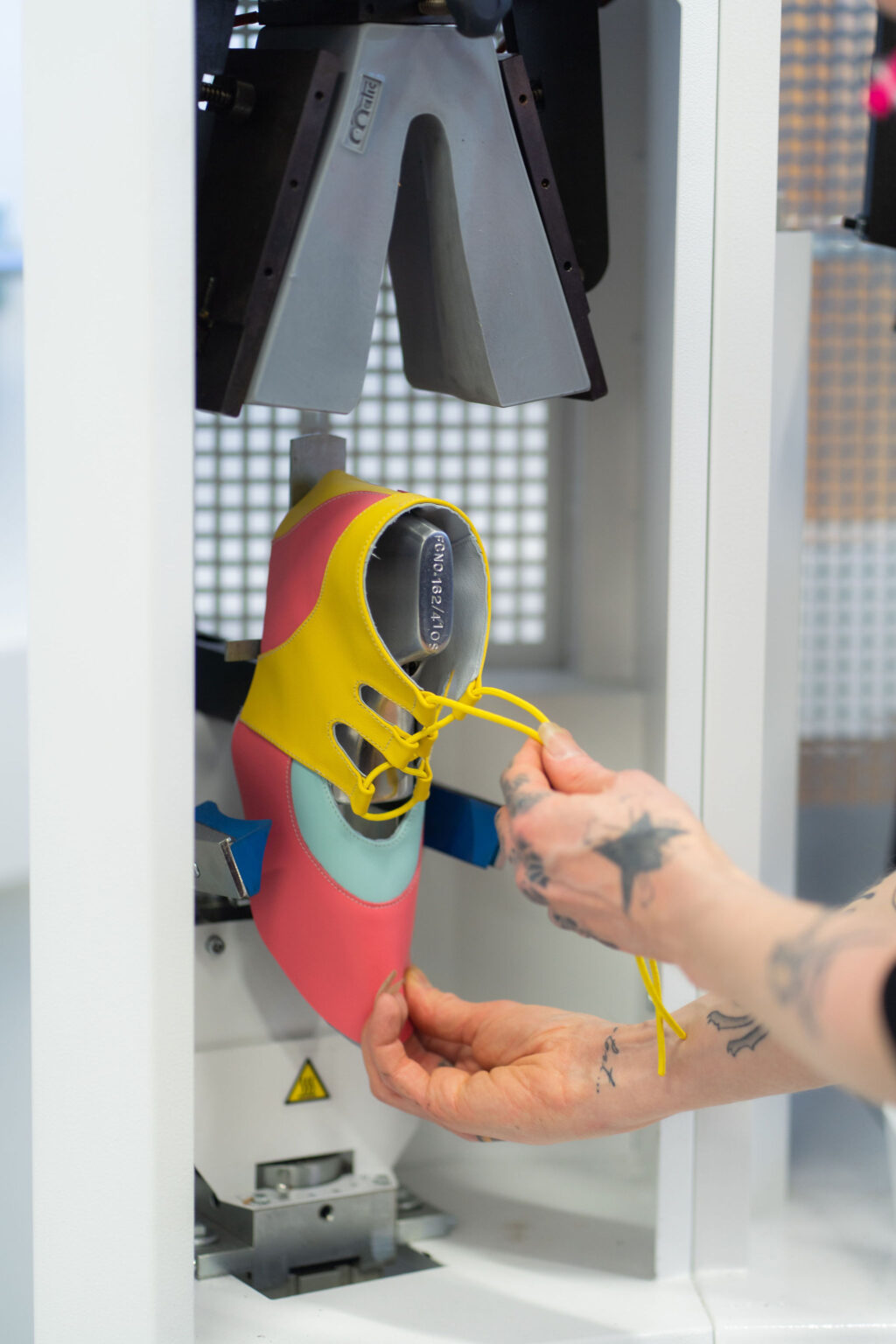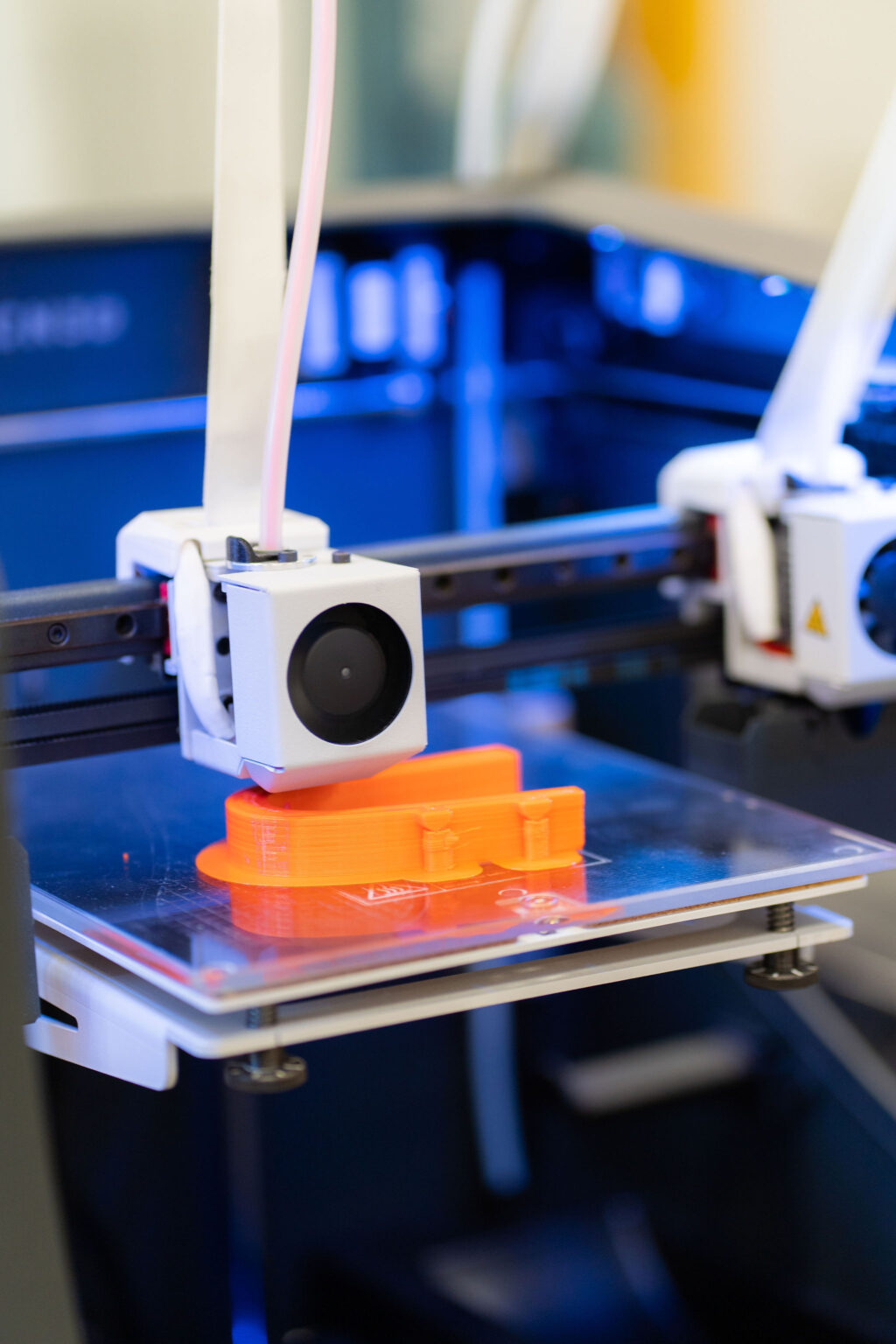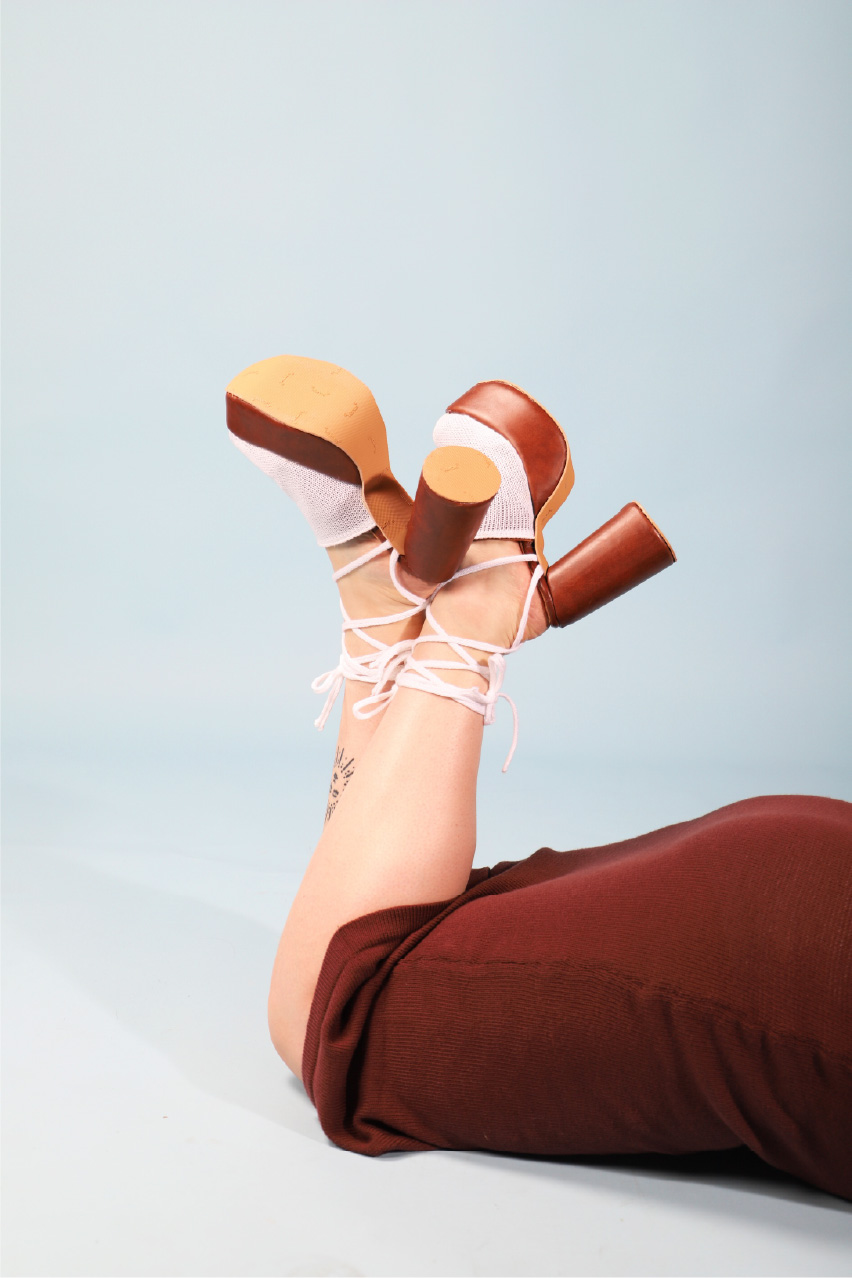In the Footprints of HAMK Footwear Design
Photos: LOTTA POLVIANDER / HAMK DESIGN
Published: 12 Jun, 2024
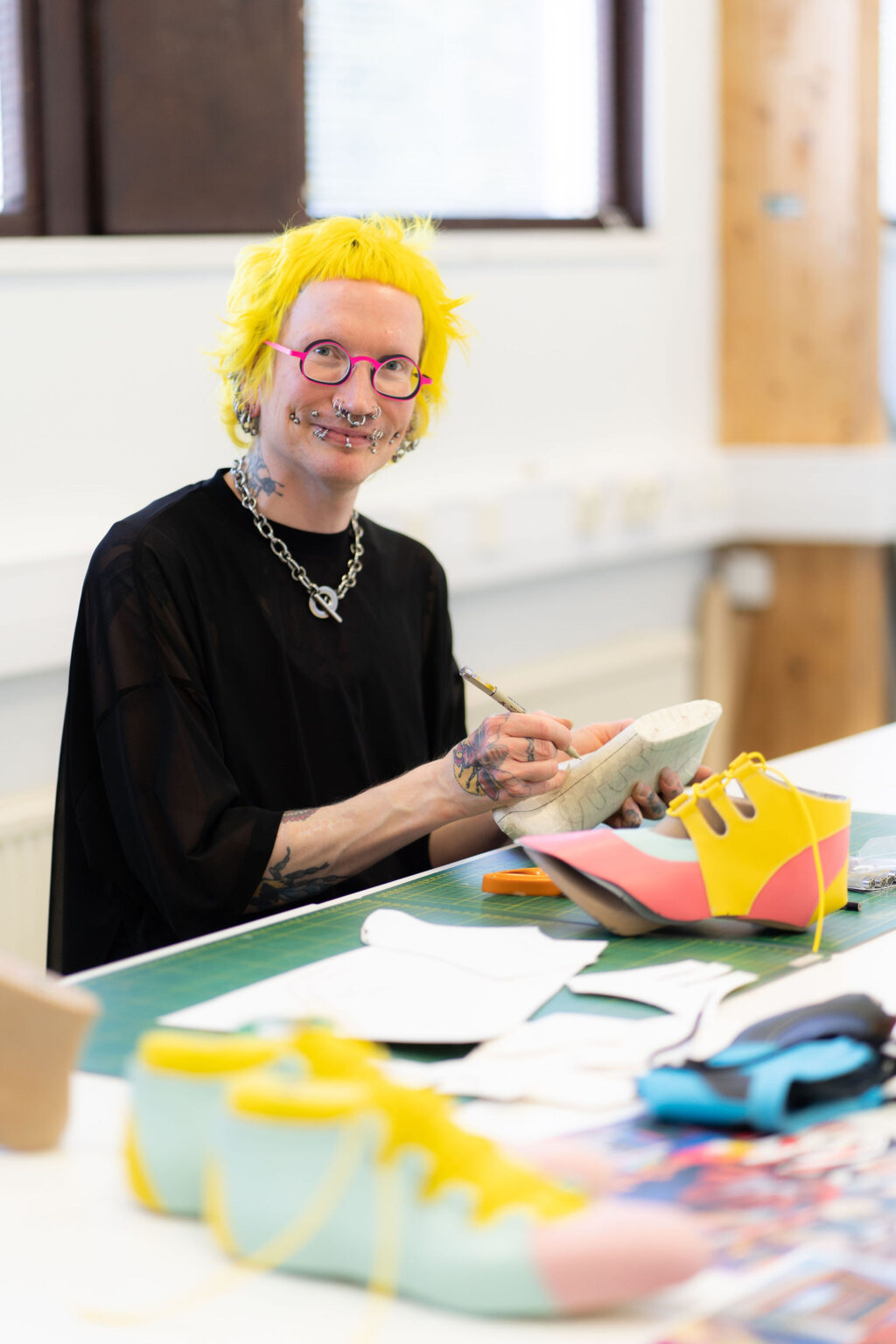
The iconic shoe designer Jimmy Choo once said, “The right shoes can make everything different.” This quote captures the profound impact footwear has on our daily lives. Shoes inject a sense of joy and personality to our lives. From high heels to trendy sneakers, they can instantly upgrade our look and boost our confidence. However, shoes are not just about looks: We’ve all experienced the discomfort of wearing shoes, especially when we’re on our feet all day. But a comfortable pair of shoes can really make our day. As a shoe designer, achieving a balance between comfort and aesthetics requires not only knowledge of current trends, but also understanding of the user and technical expertise.
Häme University of Applied Sciences (HAMK) has been educating footwear design specialists already for thirty years. The university offers the only footwear design studies in the Nordic countries, providing students with a unique opportunity to step into the world of shoes. Studies focus on design principles, materials, manufacturing methods, and the production chain of footwear from a sustainable development perspective. Through practical work, students learn the stages of shoe manufacturing from start to finish. The education is supported by the Emil Aaltonen Memorial Fund, which aims to promote Finnish footwear design and shoemaking craftsmanship.
Roots in the Industry
Industrial shoe production kicked off in Finland in the late 19th century with the establishment of the first shoe factories, and gradually evolved into a significant industrial sector in the country. Much of the industry focused on the Tampere region near Hämeenlinna. In the 20th century, the Aaltonen shoe factory, founded by the humble cobbler Emil Aaltonen and located in Tampere, became the largest shoe manufacturer in the Nordic countries.
In the 20th century, the Finnish industry was heavily reliant on trade with the Soviet Union. The collapse of the Soviet Union in the 1980s led to a decline in trade that had a significant impact on the shoe industry, as most production was previously geared towards Eastern export markets. Shoe manufacturers found themselves facing uncertainty, and many were forced to cease operations. It was during these tumultuous times in 1989 that the shoe design study program was founded by the footwear industry. The program aimed to preserve the strong tradition of shoe design know-how and pave the way for a new beginning.
Finnish footwear industry has been characterized by practicality, emphasizing durability in materials and comfort. Manufacturers are known for their high-quality safety, rubber, and sports shoes.
Collaboration and International Connections
The footwear design program originally began at the Wetterhoff Institute of Craft, Design, and Teacher Education in Hämeenlinna. Since 1993, it has been offered at HAMK. Initially, the program recruited the teachers from the footwear industry. Studies were organized together with Tampere Vocational College’s shoemaker training, with both schools benefiting from shared teaching, tools, and facilities. The studies were initially held in a workshop at the shoemaker training facilities alongside shoemaker students. In 2013, the workshop relocated to HAMK premises and eventually evolved into a studio exclusively for shoe design students. The footwear design teaching has focused on design thinking, fashionability, alongside of craftmanship and technical understanding, setting it apart from traditional shoemaker training. The students are encouraged to search for new innovative perspectives and supported in independent thinking and artistic vision.
International connections and visibility were established right from the beginning of the program, as part of the education was briefly organized in England. Also, real-world design projects involving customers have been part of the curriculum. The program has collaborated with both domestic and international brands, including Icebug, Ericson & Saether, and Camper, among others. Over the years, students have showcased their footwear designs in exhibitions and fairs in countries like Sweden, Denmark, and Italy. HAMK has also played an active role in fostering idea exchange within the shoe industry by hosting international seminars that bring together footwear experts from around the world.
During the 2000s, the number of internships abroad increased as international brands showed interest in the school. In the 2010s, students participated in shoe workshops in Italy as part of their studies, and Aki Choklat, a globally recognized shoe designer, made significant contribution to the program’s success while teaching at HAMK.
Shaping the Shoes of Tomorrow
HAMK’s footwear design education has always been quick on its feet, adapting swiftly to evolving trends and changes in design. In the 1990s, it was among the pioneers that stepped into the digital age, integrating computer-aided design into its curriculum. Sustainable development has become a crucial part of design education worldwide over the last fifteen years. However, HAMK’s footwear education was ahead of the curve, embracing sustainability as early as the 1990s when the first shoes made from recycled materials were produced. In the early 2000s, students delved into the environmental impact of various materials, exploring alternatives such as chrome-free leather and adhesive-free production methods, followed by the use of sustainable leather and banana fiber. Over the past 15 years, a comprehensive understanding of responsible shoe manufacturing, encompassing the whole production chain, has become the cornerstone of the curriculum.
In recent years, strong digitalization and new technologies have profoundly shaped the industry and brought new perspectives to the production of sustainable footwear. In HAMK, more sustainable alternatives for shoe construction are sought through 3D design and digital printing. Students also explore the use of artificial intelligence as part of ideation.
Foundations of footwear design
Though the tools and materials for manufacturing shoes have changed, two things have remained the cornerstones of footwear education: a design-oriented, experimental approach and customer orientation. Looking to the future, these principles will continue to guide the evolution of footwear design. Students are encouraged to experiment with new materials and shapes, anticipating the demands of tomorrow’s consumers. In projects carried out in collaboration with clients, students have to put themselves in someone else’s shoes, empathizing with another person’s wishes and feelings, because even the wildest ideas must be crafted so that the shoe feels good to the customer.
Only by understanding the user can shoes be produced to stand the test of time.
READ MORE

The Future of Design: 3D Technology in Student Projects at HAMK
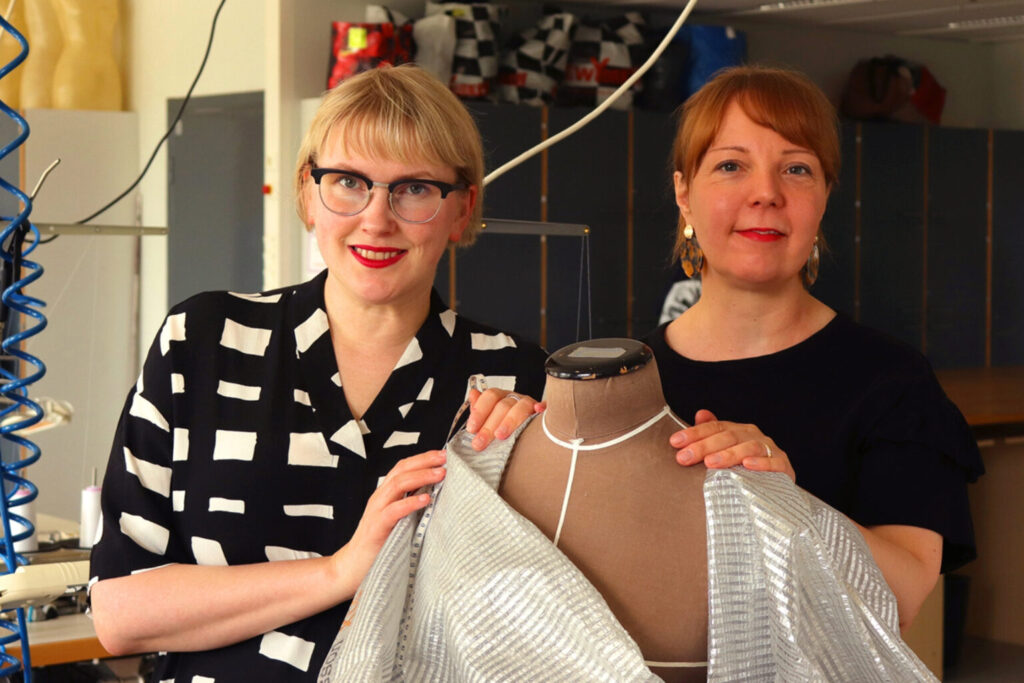
The School for Future Bettermakers

LEGACY OF WETTERHOFF: CELEBRATING 139 YEARS OF ENTREPRENEURSHIP AND DESIGN
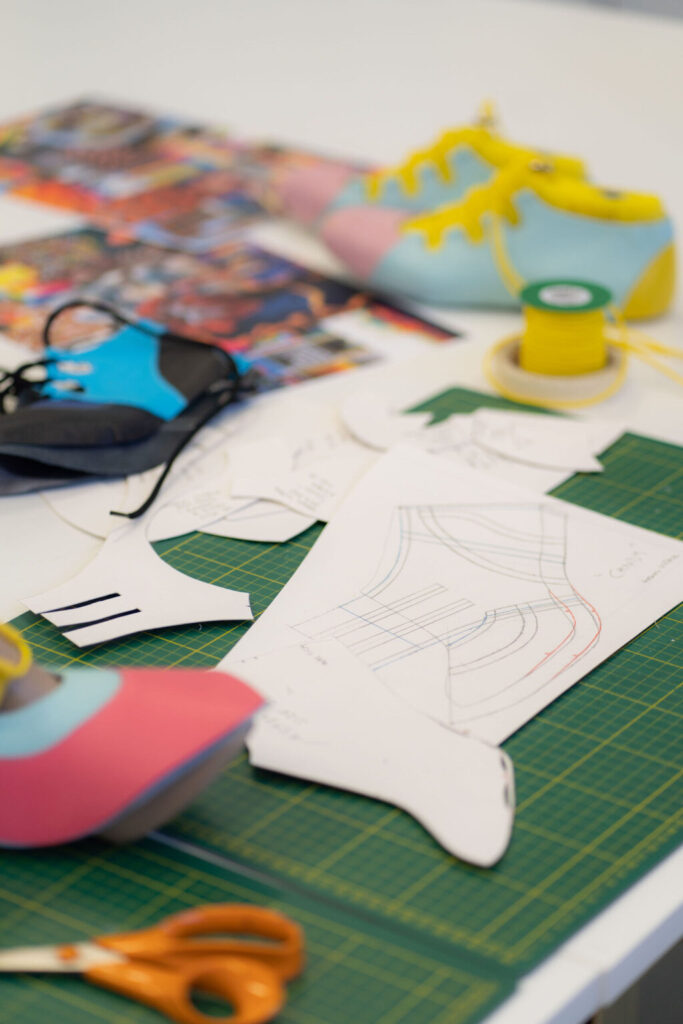
In the Footprints of HAMK Footwear Design
